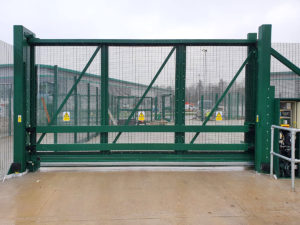
Terrorism should never be too far from our minds as business owners, particularly for organisations that operate in sensitive fields. However, as evidenced by the Paris attacks and London bombing – terrorism can strike in any environment. Here we will look at how businesses can protect themselves, how civil environments can be adapted to protect civilians from attacks, as well as what to consider when choosing your physical security solutions.
Protecting businesses from terrorism
The threat of terrorism in the UK remains at a substantial level which means that an attack is perceived likely. For businesses, and particularly those that are deemed to be a high-value target, it is critical to employ strategies that can minimize the impact of any dreadful attempt to cause harm.
The first step in developing a strategy is to work with a perimeter security provider to undergo a risk assessment. This will help you determine which assets are most at threat, any perceived vulnerabilities and any steps that you can take to protect your operations.
For instance, a risk assessment might deep that your main entry point is the most vulnerable to vehicular attacks such as car bombings. To prevent this from happening, they may suggest a tried and tested combination of heavy-duty bollards, gates, and barriers – or road blockers, that could stop the vehicle in its tracks, before it arrives at your premises.
Protecting civilians from terrorism
In 2017, terrorists rented a large van and drove it down a busy street in Barcelona, Spain – killing 13 people and injuring hundreds more. To prevent these types of attacks, those in charge of civil architechture need to consider how they may limit vehicular access. For instance, they might choose to employ a robust system of bollards that can withstand high-speed impacts and shield pedestrians from a high-speed vehicular attack.
Equally, as evidenced by the Manchester Bombing attacks in 2017, terrorists may seek to infiltrate areas where large groups of people are gathered such as sporting arenas and music venues. To prevent this type of attack, bag searches should be conducted alongside scanning systems and tools like floor-to-ceiling turnstiles.
What to consider?
Businesses need to be able to balance their organisational duties and operational constraints with their need to shield themselves from terrorism and for planners to keep public spaces welcoming and friendly.
Heavy duty perimeter security equipment is by nature imposing and tough, this is to send a message to would-be criminals that their attempts to cause harm will be thwarted. However, by incorporating natural foliage like trees and bushes close by, you can retain a sense of calm and maintain your desired aesthetic for everyday visitors.
Different tools offer different options and often there are ways to adapt your anti-terrorism tools to your needs. For example, bollards can be chosen in a retractable form which means that you can sink them to the ground when required.
Gateway Automation can help businesses and organisations to protect their assets from serious crime with minimum disruption while maintaining safe and comfortable working environments for clients, contractors, customers and other highly important individuals. For a free no-obligation quotation and feasibility survey please contact Gateway Automation on 01522 682255. Alternatively, download our brochure

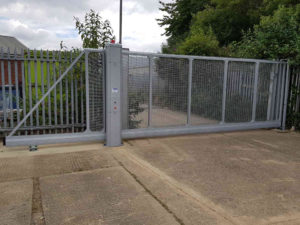
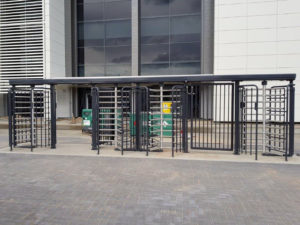

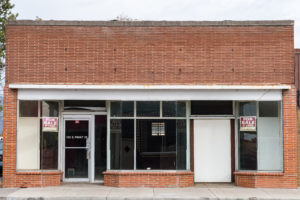
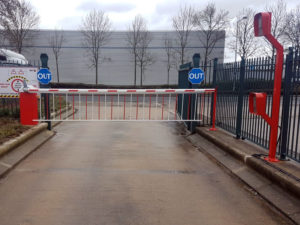
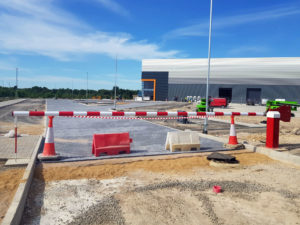

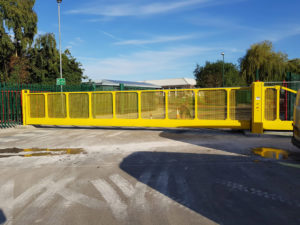
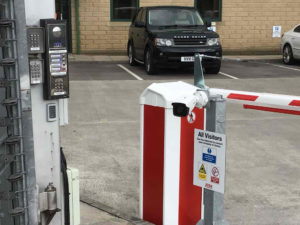
Recent Comments